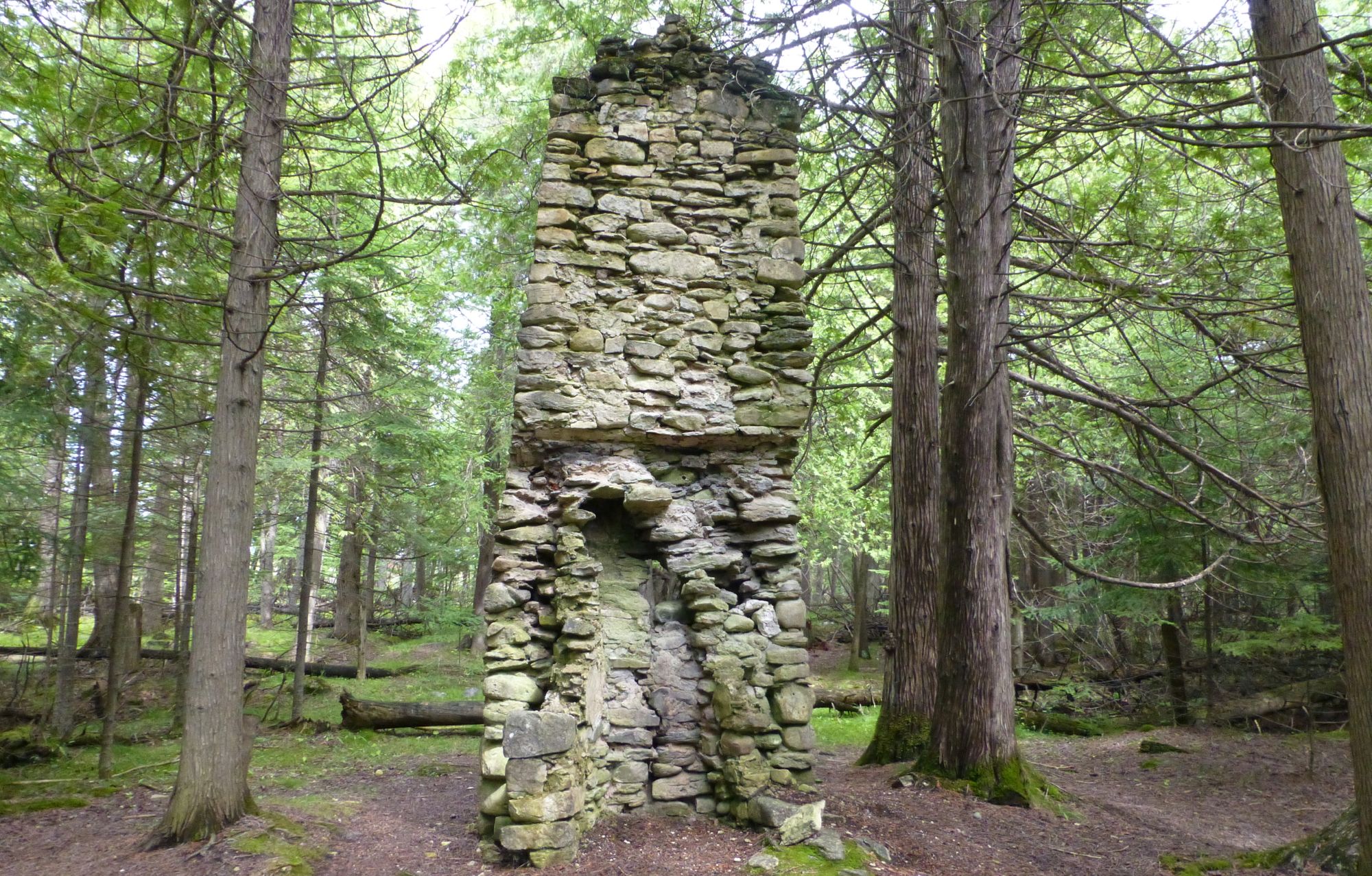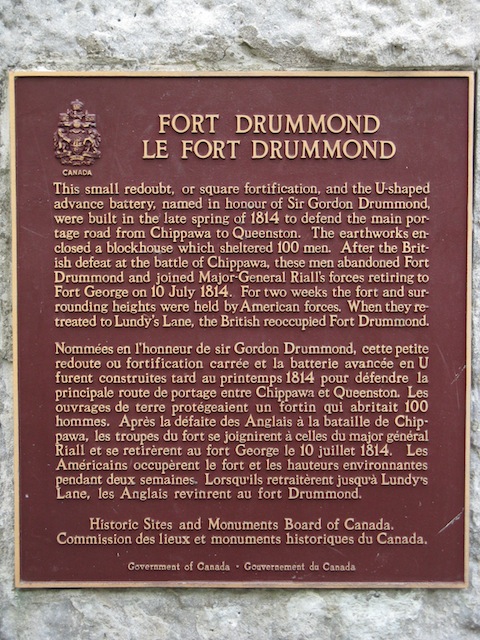
Fort Drummond, a piece of British and American military history that lives on only in ruins. Located in Whitney bay on Drummond Island, the fort was the location of retreat by British soldiers after the American takeover of Fort Mackinac during the War of 1812.
After the War of 1812, the British relinquished control of their hold of Mackinaw Island, and retreated north to Drummond Island in 1815. At the time, it was known Fort Collyer, and, with the arrival of the soldiers from Mackinac, they were both stationed there and it was named Fort Drummond.
Now, after years of weather abuse, all land occupied by the fort is privately owned. The few lasting remains are preserved from public interference and stand as a reminder of a time important to the history of the country [5].
Impact of the Treaty of Ghent
Lieutenant Col. McDonall, commander of the British occupants of Fort Mackinac, was set on maintaining presence in the fur trade in the Great Lakes with Indian tribes, and maintaining a British militaristic presence near the United States. The Treaty of Ghent set border lines [1], yet the treaty did not reach the Lieutenant until 1815. He evacuated Mackinac in search of a new location to fortify that would be outside of the assumed new national border [2].
It took several years to move to Drummond, as several locations were considered. The strategic location, along with the ability to maintain contact with native tribes, and the beautiful surroundings made Drummond Island the clear choice for the British. Throughout the time McDonall had been operating in the Great Lakes area, a relationship with the natives had been established. The British had offered assistance through their resources, and the natives aided in the fur trade in the region. The treaty and subsequent movement of his troops threatened that relationship, as he feared the American impact on the natives to be very negative. In his words to Major Foster, “[The natives were] forced by us into the War, assured by us again and again, of our faithful adherence to their cause, and of our constant protection, and now ‘abandoned at their utmost need’ to a merciless vengeance of a relentless enemy.[3]” This solemn statement displays the Lieutenants views on the American treatment of Native American tribes in the Great Lakes region even after the treaty was signed. This mistrust of the Americans was the cause of some of the major actions taken by McDonall in years to come.
Construction and Leadership
Much of the construction of the fort was delayed and ultimately not finished, as McDonall did not get the approval from Britain to spend money on building. This was from the ongoing negotiations on borders with America. However, through the time that they were there, much of the groundwork was set for construction and several buildings and structures were erected. Through this construction, however, many men died as it was during the winter months and sickness went through them in the spring. The fort was supposed to maintain separate housing and buildings for the soldiers and civilians that resided there. However, because of the slow progress and continued delay on construction, this separation was never established. There were only a few buildings built, most of them being quarters for the people residing there. The buildings were made generally with timber, however, a lime quarry was created and the fireplaces, and kitchen areas of the buildings were constructed using very good quality stone. Some of the remnants of these structures are still present, which attests to the time they took to craft the structures [6]. After the national borders had been finalized, McDonall was reluctant to leave the post because of continuing fur trading/assistance to the natives, and for his resentment of the American forces. He only decided to pull his troops out of Drummond after a threat by the Americans to invade the island and force him out [4].
Post Occupation
Throughout the years of British control, nothing really happened at the fort, with the exception of the maintained relationship with native groups. It existed during a time of uncertainty, and funding was not appropriated for major construction efforts or operations. As more soldiers perished due to sickness, winter, and other natural causes, the desire to maintain the fort was diminished. Ultimately, the fort was abandoned in 1828 as the national borders were finalized and the British troops were required to relocate once more. They retreated back past the Canadian border, and the British occupation of Fort Drummond came to an end. After the British troops left the area, there was no further action taken at the fort. It remained abandoned and became a historical site, which was eventually sold to private citizens and remains that way today.


Primary Sources
1. Treaty of Ghent. (1814). Library of Congress
2. Carroll, F. (2004). The Search for the Canadian-American Boundary along the Michigan Frontier, 1819-1827: The Boundary Commissions under Articles Six and Seven of the Treaty of Ghent. Michigan Historical Review, 30(2), 77-104.
3. Robert McDonall to Major Foster. (1815). Mississippi Pioneer and Historical Collections, 16 (1890) 325-327.
Secondary Sources
4. THE TRIBUNE TRAVELERS’ GUIDE. (1959, May 17). Chicago Daily Tribune (1923-1963)
5. GREAT LAKES SHORELINE RECREATION AREA SURVEY (1959). National Park Service
6. Cook, Samuel F. (1896). Drummond Island: The Story of the British Occupation, 1815-1828
For Further Reading
7. Magnaghi, R. Upper Peninsula of Michigan: A History
